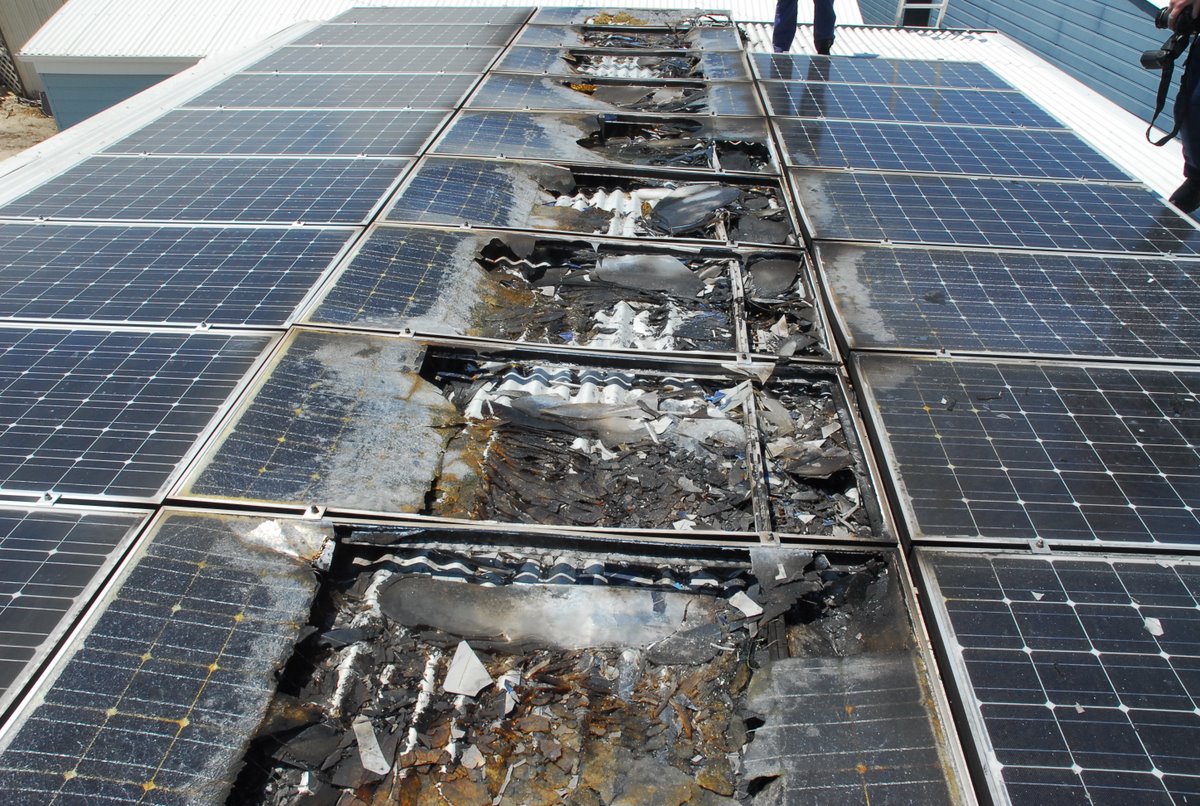As a public service, The BFD is highlighting some of the consequences of ‘clean’, ‘green’ energy. We have looked at EV batteries and wind turbine blades. Today let’s look at solar panels or photovoltaic panels (PV).
In May 2018, Michael Shellenberger, a Time Magazine “Hero of the Environment” and Green Book Award Winner, wrote in Forbes that the problem of solar panel disposal will explode with full force in two or three decades and wreck the environment because it is a huge amount of waste which is not easy to recycle.
We have known for years about the production process that results in tonnes of polluted sludge and contaminated water.
Before going bankrupt the US company Solyndra generated, in just four years, some 12.5 million pounds of hazardous waste, much of which was contaminated with carcinogenic cadmium.
Solar energy is clean and green. James said so!
The truth, however, does not care much about ideological blindness.
The average lifespan of a solar panel is about 20 years, but high temperatures can accelerate the aging process for solar cells, and snow, dust, and other natural events (tornadoes, earthquakes), can cause material fatigue on the surface and in the internal electric circuits – gradually reducing the panel’s power output.
Solar panels generate 300 times more toxic waste per unit of energy than nuclear power plants. They also contain lead, cadmium, and other toxic (even carcinogenic) chemicals that cannot be removed without breaking apart the entire panel. Worse, rainwater can wash many of these toxics out of the fragments of solar modules over time.
Another real concern is the vast increase in the use of nitrogen trifluoride (NF3) in the construction of solar panels – up 1,057 percent over the past 25 years. The UN Intergovernmental Panel on Climate Change deems NF3 to be 17,200 times more potent than carbon dioxide as a greenhouse gas – meaning that even relatively minor quantities can have major impacts.
CFACT
Oh dear. For all those who believe the doom and gloom about greenhouse gases going to fry us all, this is a tad inconvenient.
Japan is also facing a growing solar waste problem. In a November 2016 article, Osamu Tomioka stated that Japanese solar panel waste will likely grow from the current 10,000 tons a year to 800,000 tons a year – and that just to recycle all of the waste produced through 2020 will take 19 years. How long will it take, and at what cost, to recycle 80 times that amount?
The simple truth is that it is past time for a real accounting of the overall costs to the public and to the environment of a massive increase in the use of solar panels as compared, for example, of increased reliance on non-intermittent technologies like nuclear energy and natural gas.


